Digital has set new standards of technical image quality difficult or impossible to achieve in the film era. But technical quality and aesthetic quality do not necessarily go hand in hand. The market unsurprisingly struggled and struggles to make you think that an image is as pleasant as its technical quality. Technological advances obtained in the digital era are stunning. It has never been so easy to achieve technical quality with almost no knowledge of the imaging process: frame it, click it, save it, upload it.
On the other hand, film photography is far from dead, although it is more of a niche like classic cars. Would you take your restored Citroën Traction Avant, packed with luggage, child seats and family and travel a thousand kilometers to Normandy? I’ll leave to you the analogy with cameras. Let’s call us snobs: the pleasure is in the process and not necessarily in the result. However, even when a film image has become a bunch of zeroes and ones, it still has a peculiar aesthetic appeal
As an exercise, I tried to analyze and deconstruct the aesthetic qualities of many images in this site. An in-depth analysis should consider much more variables like film type, lens or camera. Rather, please consider this as a stimulus for further investigations and/or discussion in the comments.
The following justaposed images try to show the impact of some of the film qualities applied to a sample image. Unfortunately, I could not find other way than to start from a digital image. Even so, this exercise isn’t about purity of medium—it’s about chasing the feeling, the texture, the imperfections that make film so uniquely evocative.
Just below the images, I’ve included quotes and links to other texts: hopefully, they’ll interest you enough you to dig deeper or see things in a new light…
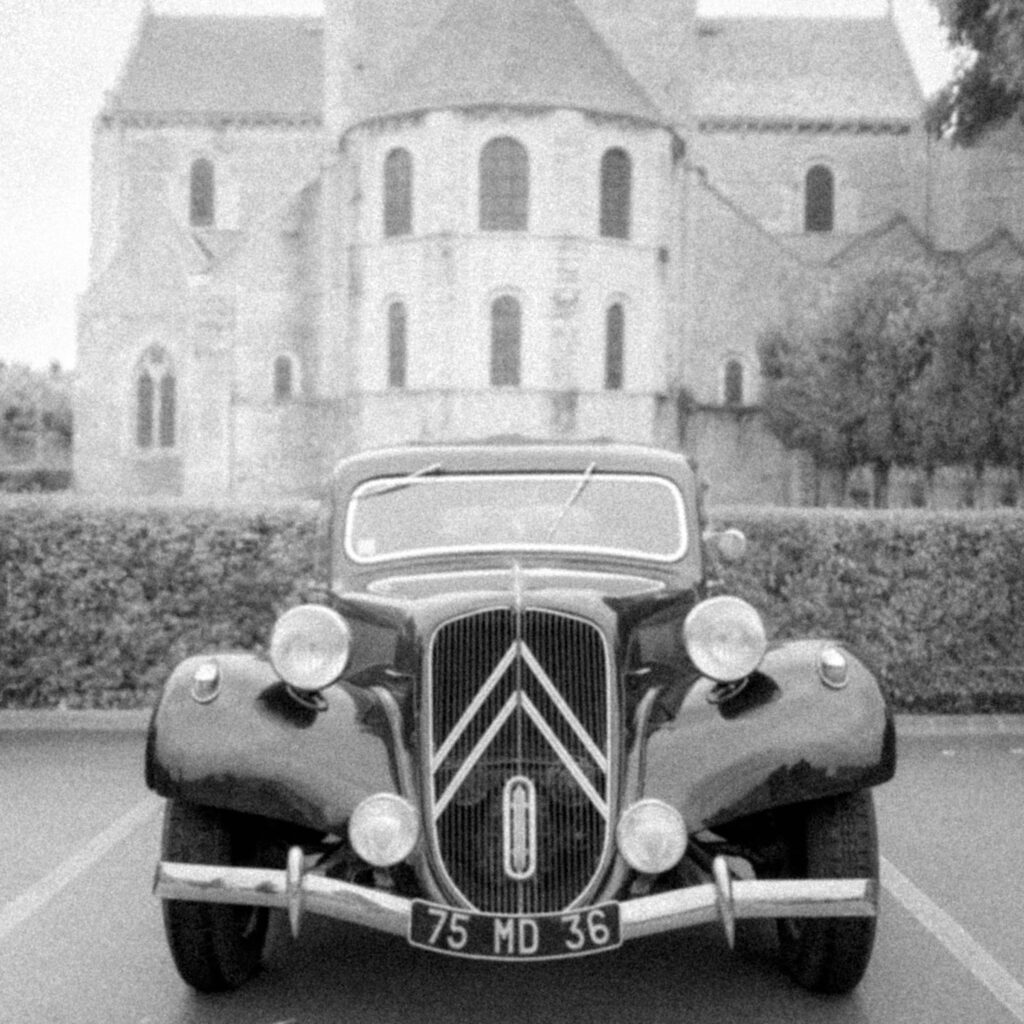
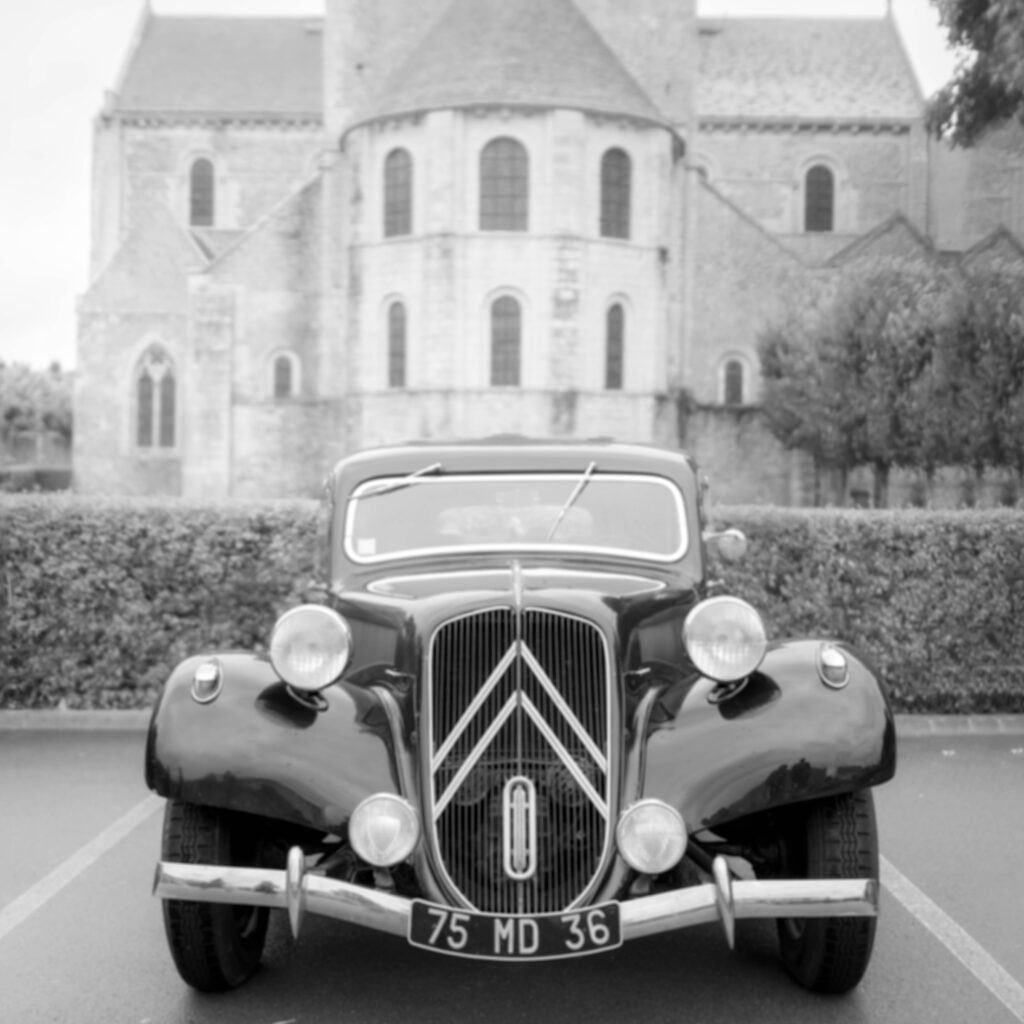
“We don’t see grain. Grain is a traditional artifact of the film process. Grain gives that patina of distance, the step back from the real that helps us see the obvious – photographs aren’t transparent windows onto what is “out there”, they’re opaque at best, more a mirror turned back on the photographer than the view out if a window looking out.”
Tim Vanderweert
“Grain makes a photo a little bit less visible, a little less clear – just like our personal memories, thoughts and nostalgia from the past”
Eric Kim

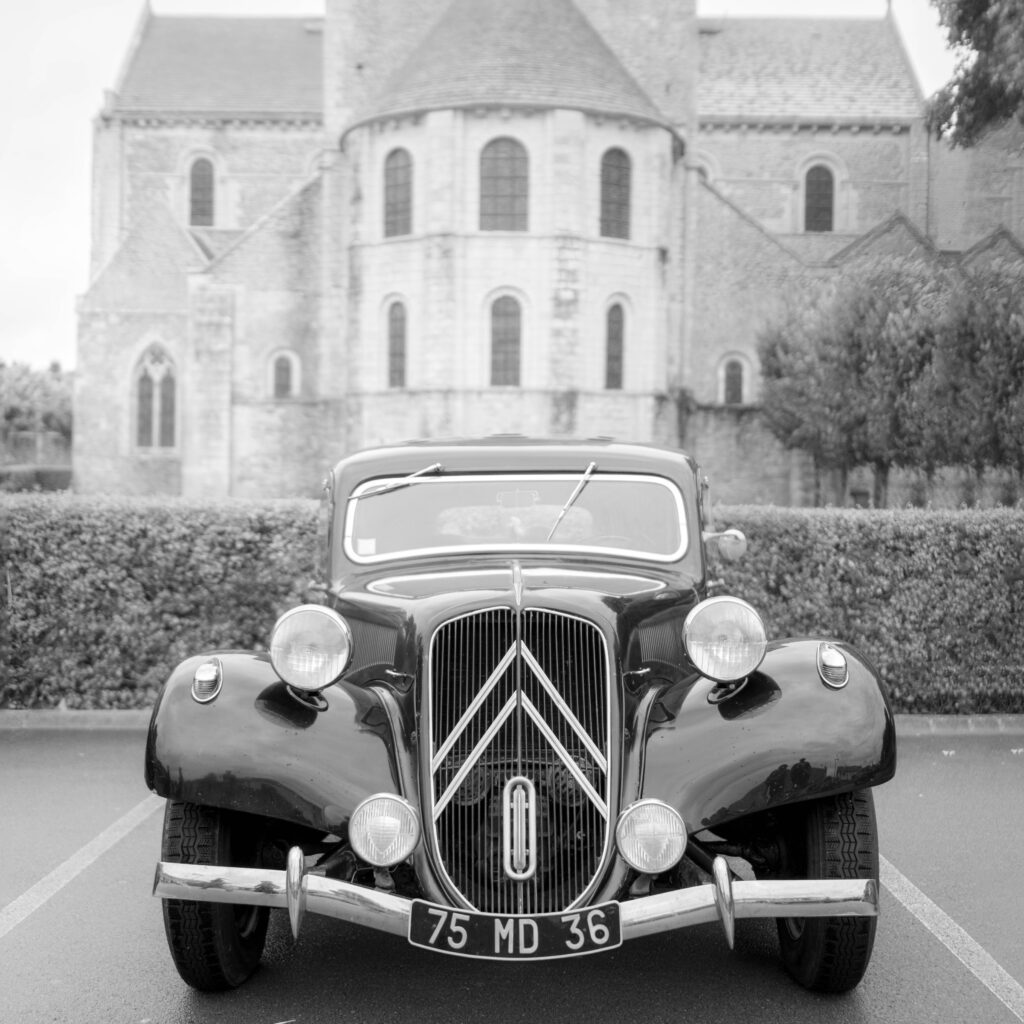
“There’s no point in having a sharp image if intentions are blurred.”
Jean-Luc Godard, yes: 10 years earlier than Ansel Adams

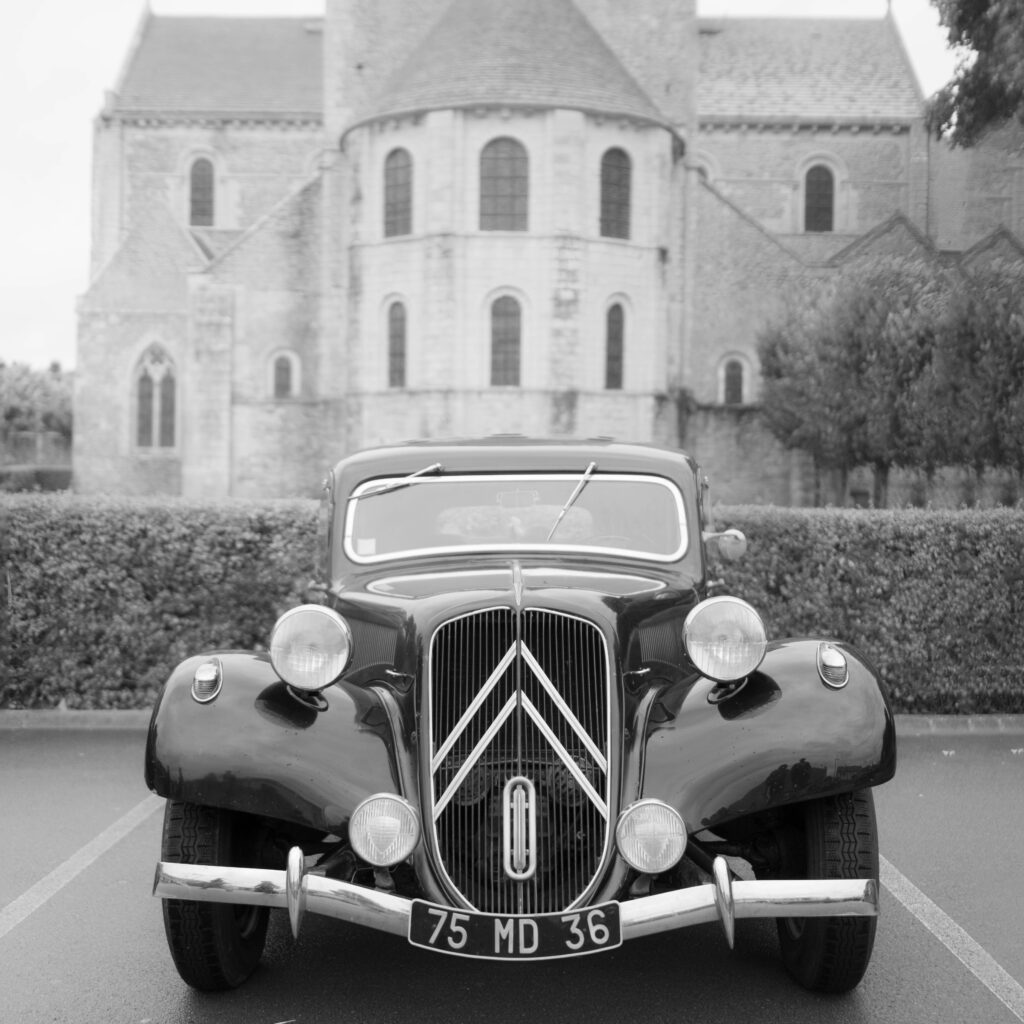
“A better understanding of contrast and tonality can help us see (and perhaps express) the visual and emotional potential in a scene.”
Sroyon
“… is imperfection in lenses actually a potential source of perfection in the photographic outcome?”
Hamish Gill

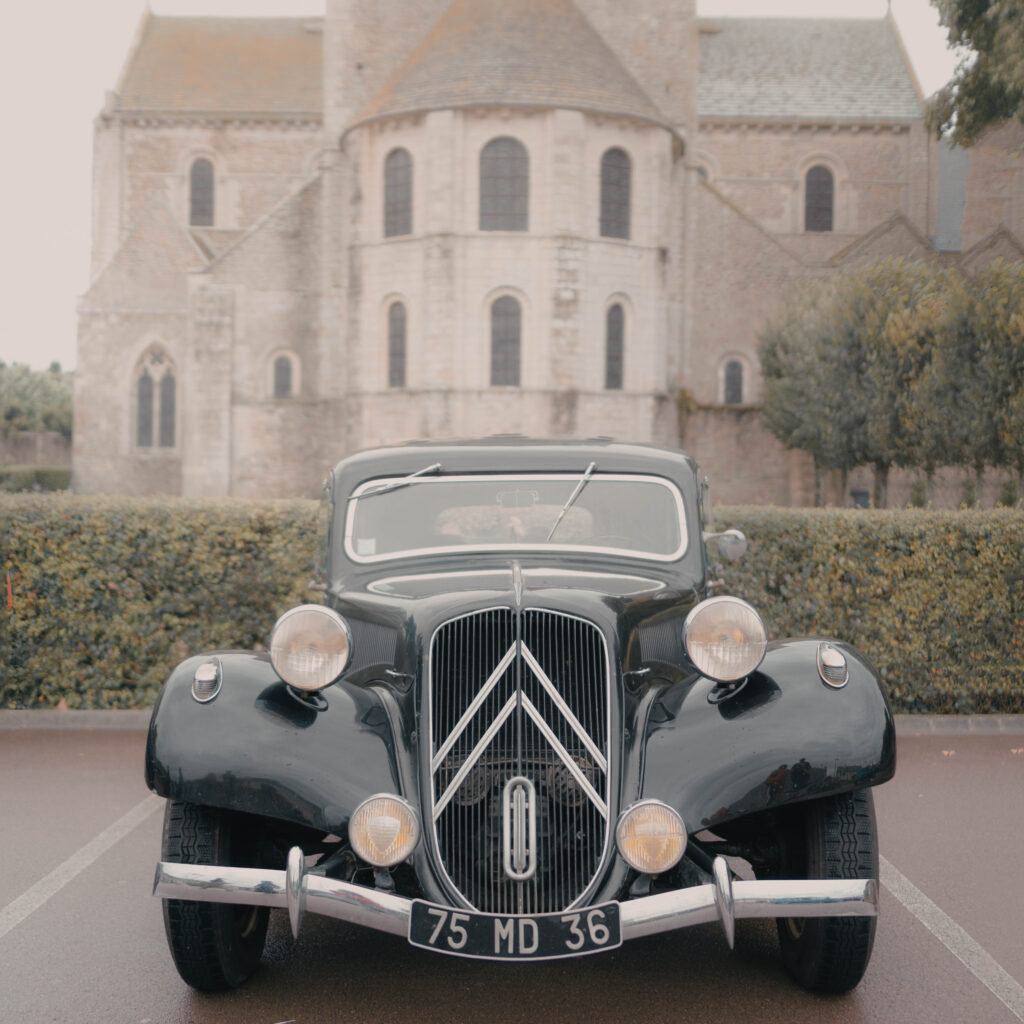
“A photograph quotes from appearances but, in quoting, simplifies them. This simplification can increase their legibility.”
John Berger
“I cannot understand why you have to ruin all your nice images by making them in Black and White.”
my father
Understanding the different ingredients and how they work together helped me to set the direction in my pursuit of pleasant (at least to me) results. It took time, but I learned that images sometimes improve by throwing away information. The image should however retain enough detail to trigger a reaction in the viewer: finding the right balance is not easy even if the viewer is yourself.
Removing details may help to focus on the essence of an image or muddle its concept. Once you become bored of the technicalities, the attention shifts to the meaning of an image and the end reason for photography. If you’ve been there you know that it is a rabbit hole where you initially meet all types of technology geeks and the deeper you go the more mysterious encounters you make.
Hope you enjoyed the read.
Marco
Share this post:
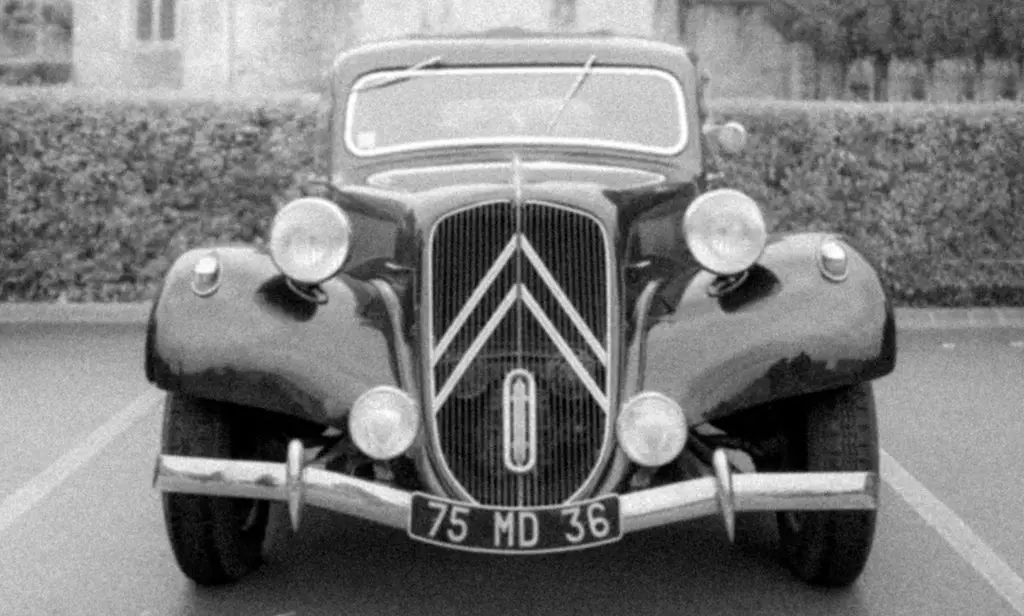
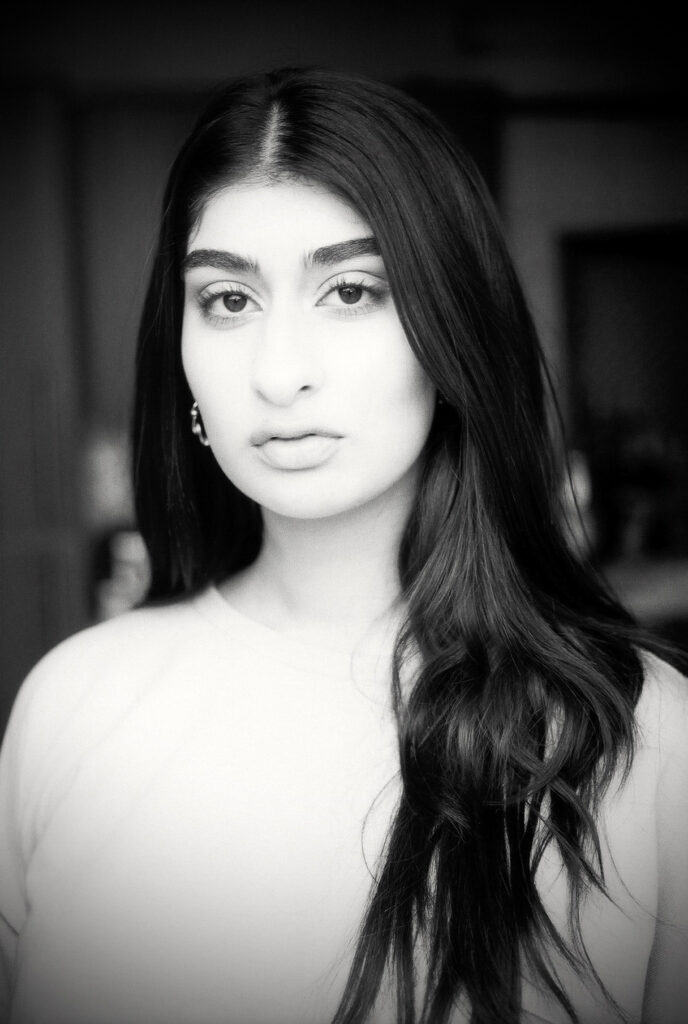
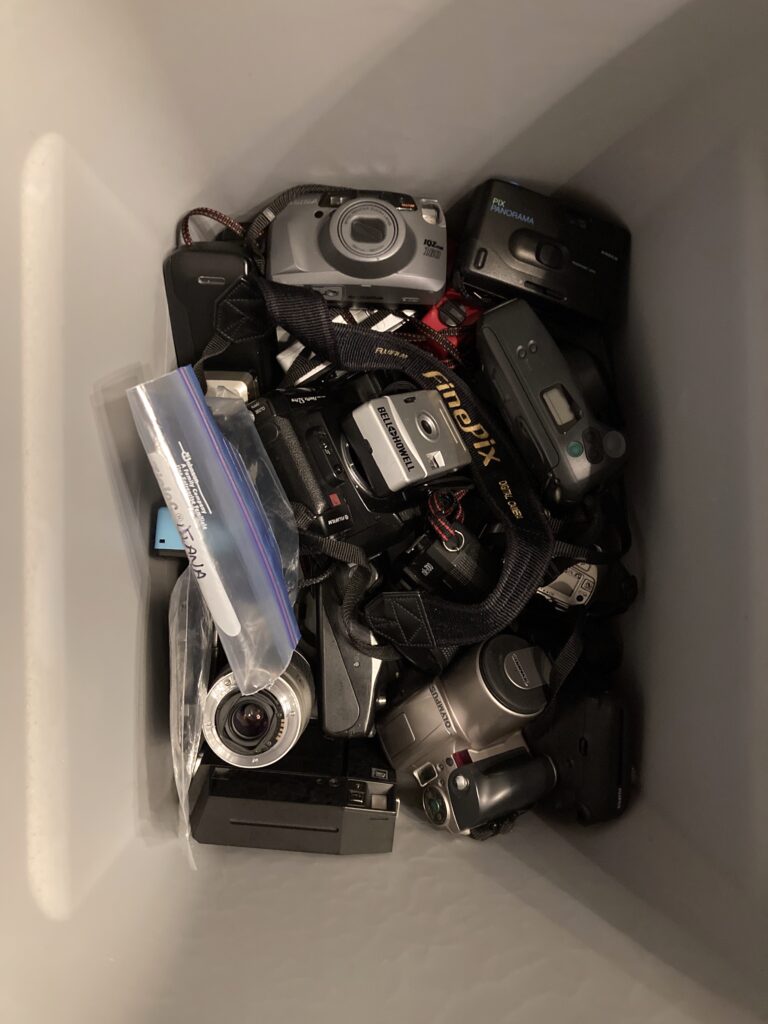






Comments
Rob on The Aesthetic Qualities of BW Film Images – by Marco Dughera
Comment posted: 24/05/2025
These fine older digital cameras are, in my experience, akin to using, in my case, a 35mm film camera.
The above digital cameras have excellent fixed zoom lenses. In terms of sensor megapixels they are considered low, their power to resolve images lies within their high quality lenses. Operationally, they slow you down, they are relatively slow at sensor reading and writing files, they use relatively old slow storage media.
Slowing you down is the key here to the comparison to shooting film. As we all know, shooting film forces you to be much more considerate before pressing the shutter button. For me it's the same process and approach when using my older digital cameras, they also make me slow down. I pay more attention to the light, the composition, the apature, the depth of field, and, more importantly, to the emotional value of the image being captured. Using my 35mm film cameras makes me go through the same slow process. To me a digital file is no different to a film frame. The camera, be it digital or film, is the tool that allows us to capture our emotional values in that brief moment that the shutter opens and closes. It's how we feel and react to our environment, before that brief moment occurs that's so important.
Regards Rob.
Comment posted: 24/05/2025
Comment posted: 24/05/2025
Michael Kramer on The Aesthetic Qualities of BW Film Images – by Marco Dughera
Comment posted: 24/05/2025
Comment posted: 24/05/2025
Bill Brown on The Aesthetic Qualities of BW Film Images – by Marco Dughera
Comment posted: 24/05/2025
Comment posted: 24/05/2025
Comment posted: 24/05/2025
Comment posted: 24/05/2025
Gary Smith on The Aesthetic Qualities of BW Film Images – by Marco Dughera
Comment posted: 24/05/2025
I can also take a digital image and very closely "simulate" a particular film stock, possibly an advantage to going out with Tri-X and having shots that mirror those characteristics.
How closely one adheres to a film philosophy of: "the images will be analog throughout the entire process" (meaning your results are never scanned and shared online) may determine your approach.
Comment posted: 24/05/2025
Comment posted: 24/05/2025
Comment posted: 24/05/2025
Comment posted: 24/05/2025
Ibraar Hussain on The Aesthetic Qualities of BW Film Images – by Marco Dughera
Comment posted: 24/05/2025
I would like to point out that Fujifilm have spends God know show much cahs on R&D and production to mimic a Film camera and to mimic Film. Adobe and it's vast contingent of Plug-In makers spend fortunes on developing Film simulation. and finally, using a larger format (or even 35mm with some stocks) there's a clean grainless quality to many Film stocks.
Comment posted: 24/05/2025
Geoff Chaplin on The Aesthetic Qualities of BW Film Images – by Marco Dughera
Comment posted: 25/05/2025
Comment posted: 25/05/2025
Jeffery Luhn on The Aesthetic Qualities of BW Film Images – by Marco Dughera
Comment posted: 25/05/2025
Ansel said, "The negative is the score and the print is the performance." I heard him say this in person at a workshop in Yosemite when I was 16. Somebody asked, "Aren't we the composers?" Ansel chuckled and said, "You are not God." I'll always remember that funny moment. I went on to become a photojournalist and later a studio product guy. My rock and tree pix are not very good, but his observation stuck with me. He also said, "I like apple pie. My favorites are the ones I make." These simple statements mean a lot. For me, it's the painstaking process that I love about film. When a client wants a super clean instant result I bake a frozen digital apple pie.
Comment posted: 25/05/2025
Scott Ferguson on The Aesthetic Qualities of BW Film Images – by Marco Dughera
Comment posted: 25/05/2025
Great post and I love the quotes that mirror/enhance some of my instinctive ideas about why I like shooting on film. I think the classic car analogy is a good one. I've been comparing using film cameras vs. digital cameras to experiencing music on vinyl vs. mp3 music, both are a certain kind of connoisseur's choice of an older analog medium that they find pleasing either over or as an alternative to the more prevalent current technology. My own experience with film vs. digital is that film has stronger highs and lows than digital; I think it's pretty easy to screw up technically and make a terrible looking picture on film (I should know), and kind of hard to make a truly terrible picture on a digital camera (especially an iphone). The quotes you site in the post explain what I'm trying to convey more eloquently than I can, but my favorite film photos are more creatively satisfying and closer to visual 'poetry' for lack of a better word, than anything I could do with a digital set up.
Thanks for a very interesting reflection.
Comment posted: 25/05/2025
Scott Gitlin on The Aesthetic Qualities of BW Film Images – by Marco Dughera
Comment posted: 25/05/2025
Comment posted: 25/05/2025